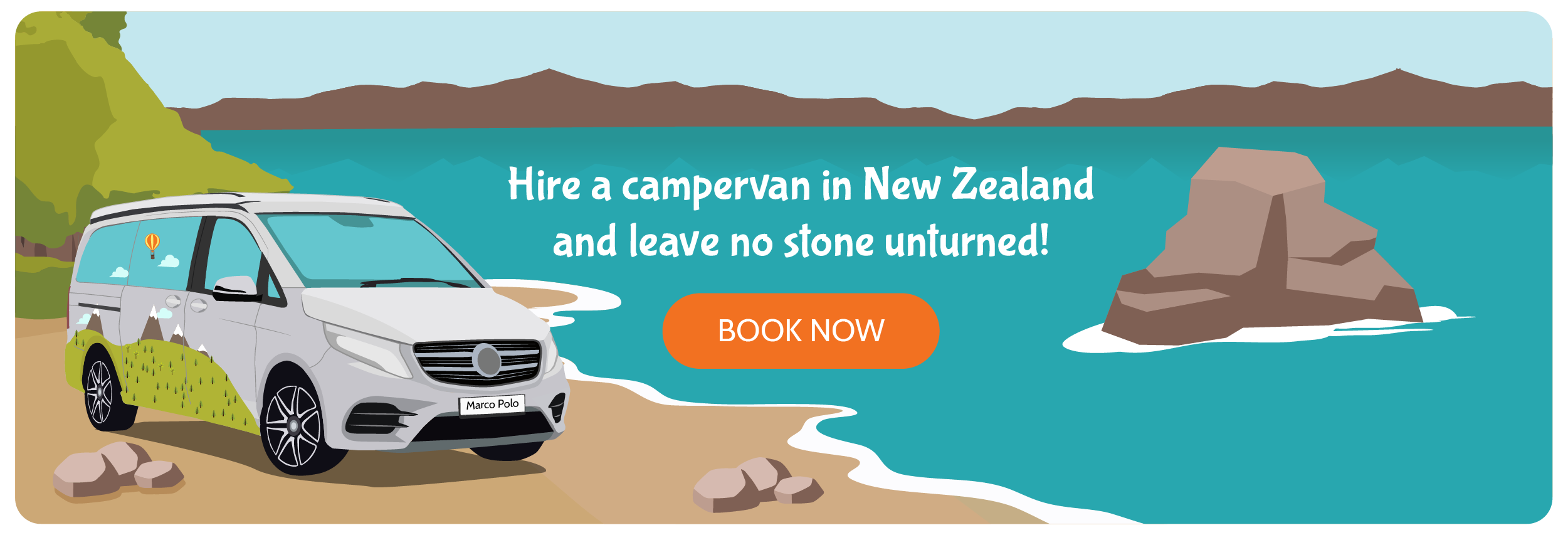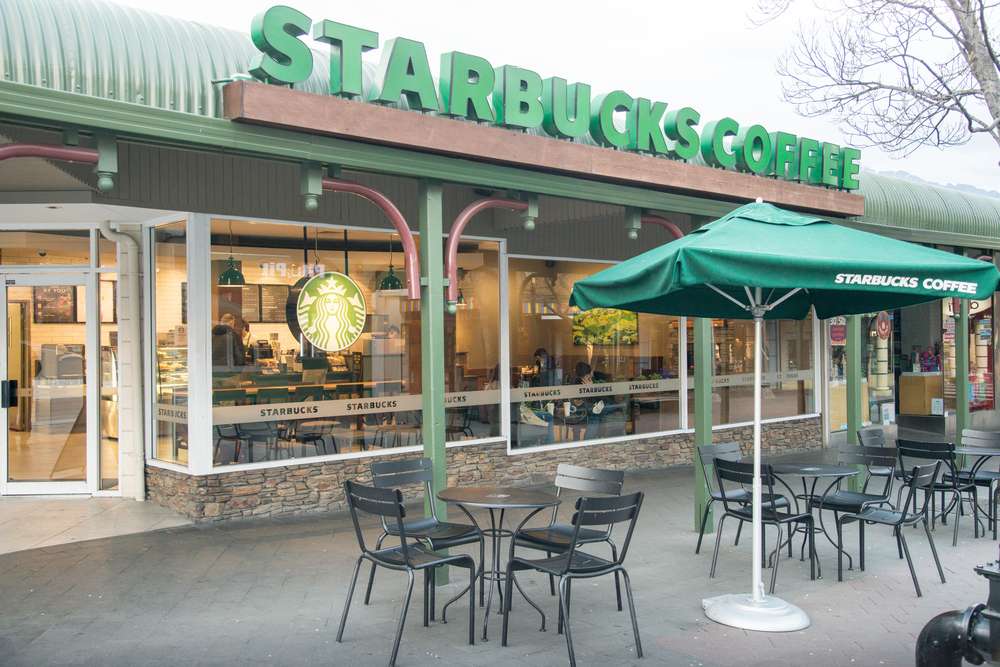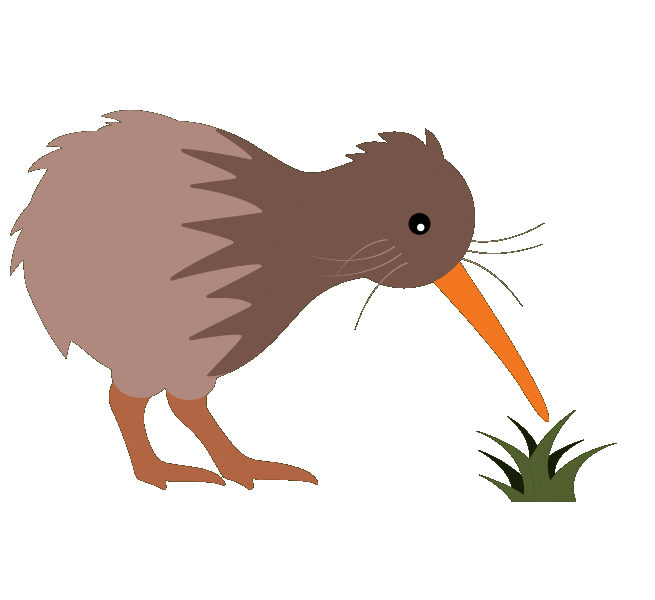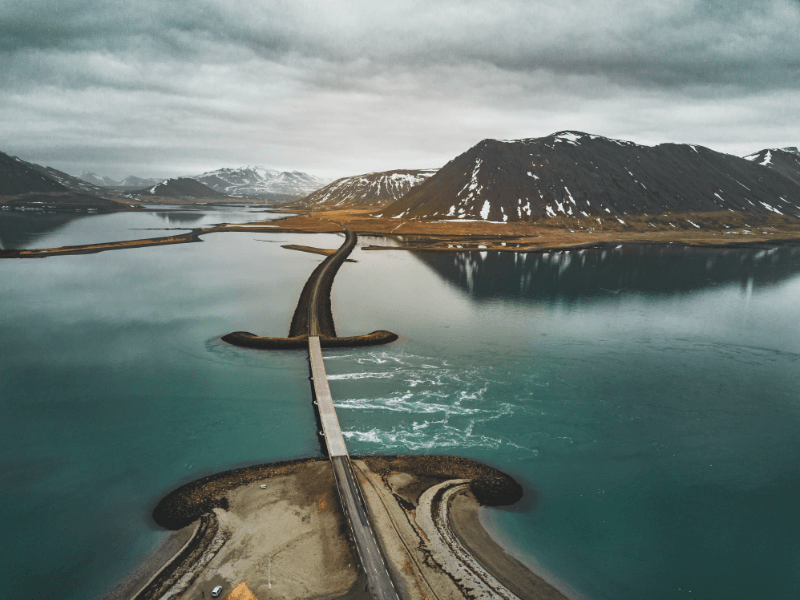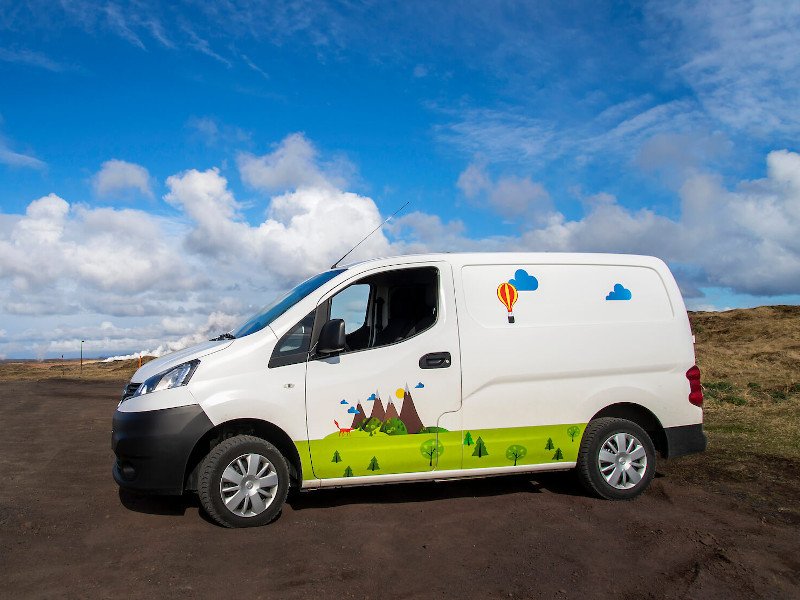Monowai Seamount, a volcanic marvel beneath the ocean's surface, is a testament to nature's awe-inspiring power. Located north of New Zealand, it forms part of the Kermadec Ridge in the South Pacific Ocean.
This article delves into the fascinating aspects of Monowai Seamount, from its discovery to its geological significance, offering a comprehensive understanding of this underwater phenomenon.
What is Monowai Seamount?
Monowai Seamount is a dynamic underwater volcano, characterized by a large caldera and a volcanic cone. It's one of the most active volcanoes in the Kermadec volcanic arc, possibly the most active submarine volcano globally.
The seamount's volcanic cone rises to depths of up to 100 meters but varies due to ongoing volcanic activity, including sector collapses and lava dome growth.

Where is Monowai Seamount?
Located on the Kermadec Ridge in the South Pacific Ocean, Monowai Seamount lies about halfway between Tonga and the Kermadec Islands. It's part of the Kermadec Arc, a region with numerous volcanic islands and submarine volcanoes.
When was Monowai Seamount Discovered?
The volcanic activity at Monowai Seamount was discovered between 1877 and 1924. It was first recognized as a volcano in 1977 and named "Monowai" in 1980 after the research ship HMNZS Monowai.
How Often Does Monowai Seamount Erupt?
Monowai Seamount is known for its frequent volcanic activity, with many eruptions since 1977. The last eruption sequence was observed in October 2014 or May 2016. It's estimated that there are about two eruptions per month, making it an exceptionally active submarine volcano.
What are the Impacts of Monowai Seamount Eruptions?
The eruptions at Monowai Seamount are characterized by gas emissions, water discoloration, seismic activity, and substantial growth rates of the volcano. These eruptions can lead to changes in the seamount's morphology and potentially affect marine life in the surrounding areas.

What are the Future Research Directions for Monowai Seamount?
Future research on Monowai Seamount could focus on its rapid growth rate, the frequency of landslides and sector collapses, and the potential for tsunamis. Understanding the seamount's impact on marine ecosystems and its role in the broader geological context of the Kermadec Arc is also crucial.
Conclusion
Monowai Seamount is not just a geological wonder but a living laboratory for understanding submarine volcanism. Its dynamic nature and frequent eruptions make it a focal point for scientific research, offering insights into the complex processes shaping our planet's underwater landscapes.

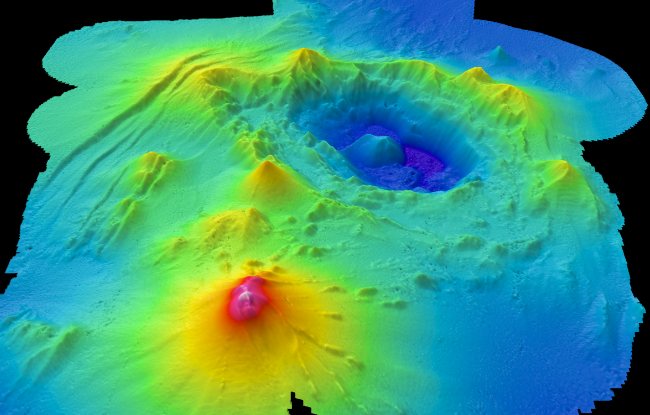
 By
By


